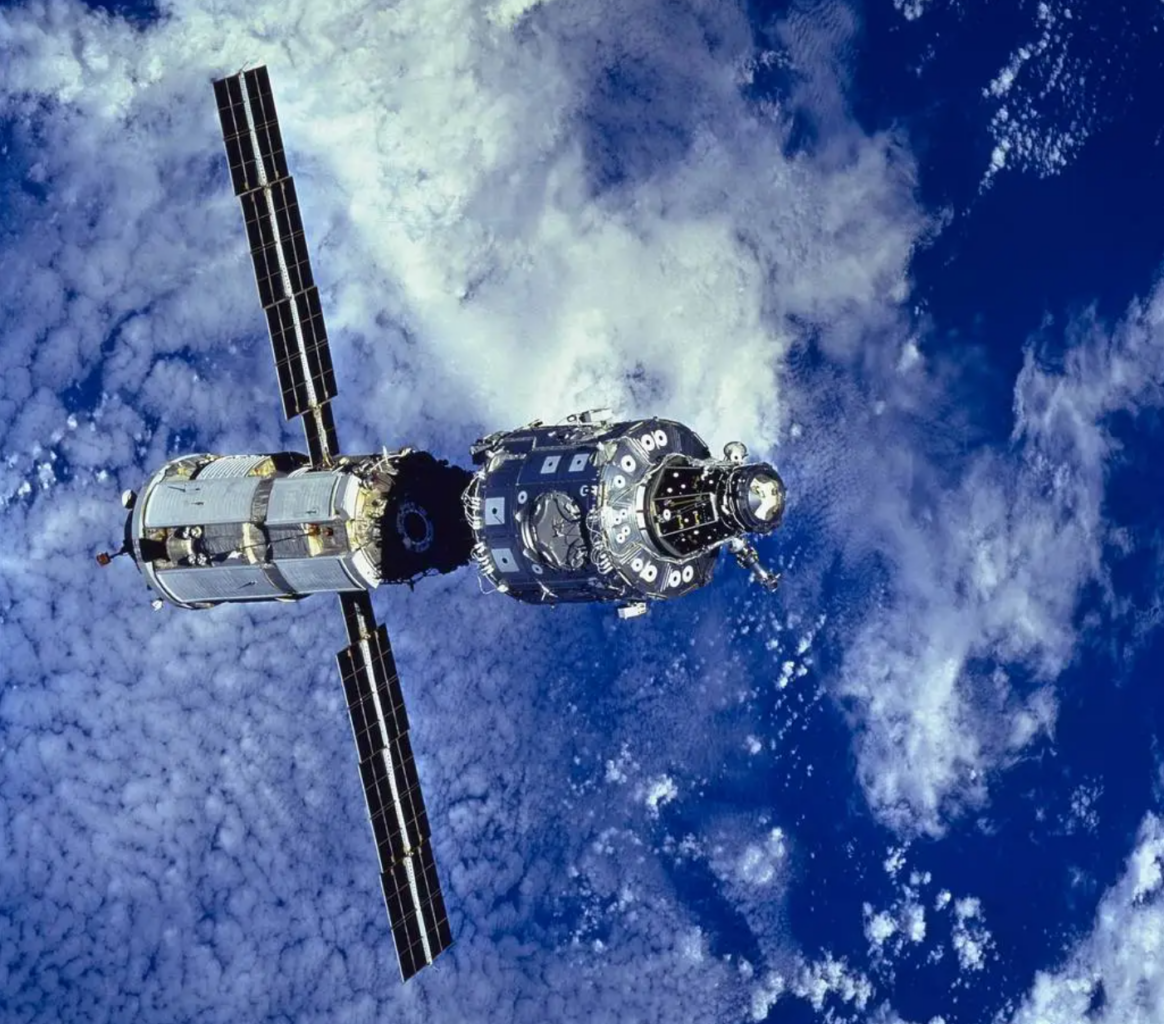On this day in history 25 years ago, on 29 May 1999, space shuttle Discovery set the record to become the first ever to dock with the International Space Station.
During this STS-96 mission, Discovery delivered several crucial components to the International Space Station (ISS) using the Integrated Cargo Carrier. These components included the Russian cargo crane, STRELA; the SPACEHAB Oceaneering Space System Box; and the American crane, ORU Transfer Device. STS-96 was the second ISS mission in the Space Shuttle Program, following STS-88, which delivered the first American module, Unity, in December 1998. Overall, 34 shuttle missions were conducted to construct the ISS.
The International Space Station is the world’s premier laboratory, enabling researchers to perform advanced research and technology development essential for human and robotic exploration beyond low-Earth orbit, including missions to asteroids and Mars. The NASA Marshall Space Flight Center’s Payload Operations and Integration Center is the agency’s hub for managing all science operations on the ISS.
The now retired American spaceplane was one of the orbiters from NASA’s Space Shuttle Program which was the fourth human spaceflight program carried out by the U.S. Starting with its maiden flight exactly forty years ago on August 30, 1984, Discovery has gone on to clock in a total of 365 days in space and travelled a whopping 240 million kilometres over the course of its 39 Earth-orbital missions- enough to carry it to the moon – and back – more than 300 times.
Discovery has the privilege to claim quite some firsts to itself. It was piloted by NASA astronaut Eileen Collins, making it the first American Spacecraft to be piloted by a woman. Collins piloted the shuttle’s STS- 63 charge in 1995, which concentered with Russia’s Mir space station.
Discovery also made history by carrying the first Russian cosmonaut to launch on an American spacecraft. In 1994, Sergei Krikalev flew aboard Discovery during its STS-60 mission, which was the first joint endeavour of the U.S./Russian Shuttle-Mir program.
Not only that, but NASA’s famous Hubble telescope was launched by Discovery on its STS-31 mission in April 1990, which, four decades later, continues to capture breathtaking images contributing to the evolution of our comprehension of the universe.
The orbiter has completed more spaceflights than any other in the agency’s fleet, and throughout its distinguished history, its name has become a symbol of the spirit of exploration and human spaceflight.
But where did the shuttle’s designation originate?
Discovery takes its name from two historical ships that conquered new ground in their own right. One of them was the ship steered by James Cook in his explorations of southern Alaska and northwestern Canada, which eventually led to the, ahem, “discovery” of the Hawaiian Islands. NASA seems to harbour a certain fondness for the adventuresome sailor, with another one of his ships Endeavour being the namesake of the space agency’s youngest space shuttle.
The shuttle was also named after a ship used by Henry Hudson in the early 1600s to explore what would later be known as Hudson Bay in Canada. Hudson was in search of a northwest passage between the Atlantic and Pacific Oceans. “It’s a culmination of a great heritage,” said NASA astronaut Michael Barratt, who worked as a mission specialist on the last flight of the shuttle, STS 133. “And we hope there are future ships bearing that name.”
Discovery was retired after its final mission, STS-133, on March 9, 2011. It now rests at the Steven F. Udvar-Hazy Center, an annex of the Smithsonian Institution’s National Air and Space Museum in Virginia. “If Discovery could talk, it would surely express happiness at seeing so many people coming to visit and saying how awesome it looks,” said Valerie Neal, the shuttle’s curator. “It would enjoy watching its final launch replayed on the large screen nearby. And it would love seeing some of the astronauts who come back to give talks or bring friends to see their ‘own’ spacecraft,” she continued to imagine the shuttle’s reaction to its guests.
